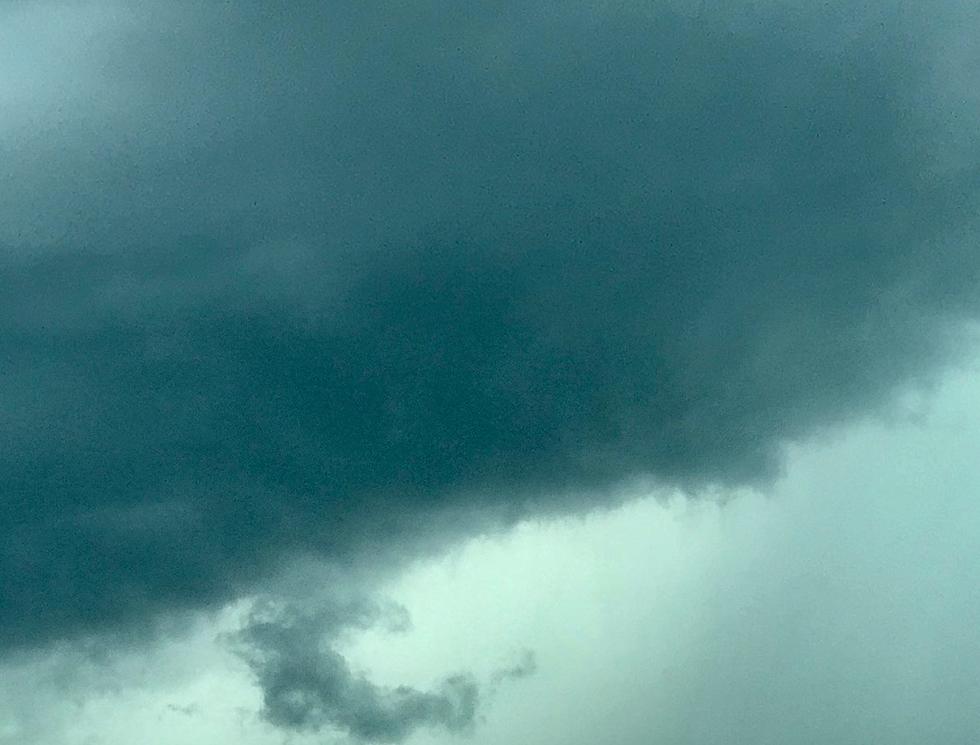
Don’t Let The Gloomy Weather Get You Down
Seasonal Affective Disorder is a real thing, and long periods without sunshine can bring you down. Here's some ways to beat it.
Full disclosure: I have been diagnosed with Seasonal Affective Disorder, also known as the Winter Blues.
According to the National Weather Service, January is second only to December for lack of sunshine in a typical Michigan winter, and this January has been exceptionally bleak, with today being the 7th straight day without the sun.
The Mayo Clinic says that Seasonal Affective Disorder usually kicks in with the time change in late fall and may hang with you through the spring. Particularly dark times like the last few weeks, can get SAD ramping up and making you feel down in the dumps.
Signs and symptoms of SAD may include:
- Feeling depressed most of the day, nearly every day
- Losing interest in activities you once enjoyed
- Having low energy
- Having problems with sleeping
- Experiencing changes in your appetite or weight
- Feeling sluggish or agitated
- Having difficulty concentrating
- Feeling hopeless, worthless or guilty
- Having frequent thoughts of death or suicide
And while those are the symptoms of full blown SAD, the lack of sun for long periods might bring on a lighter version where you feel the following:
Oversleeping
Appetite changes, especially a craving for foods high in carbohydrates
Weight gain
Tiredness or low energy
The good news is there are some easy and inexpensive ways to fight it, according to the National Institute for Mental Health:
Light Therapy
Light therapy has been a mainstay of treatment for SAD since the 1980s. The idea behind light therapy is to replace the diminished sunshine of the fall and winter months using daily exposure to bright, artificial light. Symptoms of SAD may be relieved by sitting in front of a light box first thing in the morning, on a daily basis from the early fall until spring. Most typically, light boxes filter out the ultraviolet rays and require 20-60 minutes of exposure to 10,000 lux of cool-white fluorescent light, an amount that is about 20 times greater than ordinary indoor lighting.
Psychotherapy
Cognitive behavioral therapy (CBT) is type of psychotherapy that is effective for SAD. Traditional cognitive behavioral therapy has been adapted for use with SAD (CBT-SAD). CBT-SAD relies on basic techniques of CBT such as identifying negative thoughts and replacing them with more positive thoughts along with a technique called behavioral activation. Behavioral activation seeks to help the person identify activities that are engaging and pleasurable, whether indoors or outdoors, to improve coping with winter.
Vitamin D
At present, vitamin D supplementation by itself is not regarded as an effective SAD treatment. The reason behind its use is that low blood levels of vitamin D were found in people with SAD. The low levels are usually due to insufficient dietary intake or insufficient exposure to sunshine. However, the evidence for its use has been mixed. While some studies suggest vitamin D supplementation may be as effective as light therapy, others found vitamin D had no effect.
I bought myself a light box, and helped me greatly that first winter I had SAD. Now, Vitamin D supplements keep me buoyant through the spring.




